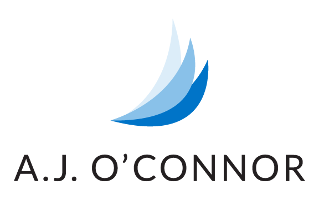
Make Your Workforce Self Organizing For A Competitive Edge
What is self-organization in the workplace?
- Initiate and organize their own work
- Align their work with the larger purpose of the system
- Initiate and organize their own learning by actively seeking feedback, then adapting behavior
- Manage their emotions to avoid spreading drama in the workplace
- Be self-aware, to know their strengths and weaknesses
Why is it so difficult to cultivate staff members who demonstrate self-organization?
If we wanted to create conditions for employee self-organization, we need to ask, what behaviors are reinforced by the current design of Human Resources, supervision and reward systems? And how do our current systems, structures, and design intent hinder self-organization?
- The expectations of supervisors and managers include their ability to control people below them on the organizational chart
- Selection processes look for people who follow directions and narrowly focus on technical skills to do the job
- Job descriptions emphasize specific duties that keep employees focused on their part of the organization rather than their relationship to the larger purpose
- Performance reviews reinforce individual accomplishment rather their contribution to the whole organization
- Expectations for staff behavior include “waiting to be told” or “asking what to do”
- Staff members are permitted to bring problems forward with no solutions
Designing for self-organization
1.) Hiring to support self-organization
- A statement of higher shared purpose that every employee is expected to support
- An expectation that employees are to initiate and organize their own work and learning, and to align their work with the organization’s higher purpose
- Specific duties recreated into a set of outcomes the person is responsible for
- An expectation of self-awareness to manage one’s own emotions in the workplace
- A statement of expectation for employee adaptation, innovation, and collaboration
2.) Supervision that fosters self-organization
People learn to stop self-organizing from their direct supervisor and from workplace culture. If you see a team with no initiative, look to the manager because that person’s behavior is likely hindering the practice of self-organization. Think of workplaces that encouraged your initiative and active engagement. What did your direct supervisor do to unleash your self-organization? This simple reflection exercise can help supervisors connect their behaviors to unleashing employee initiative, active engagement, and self-organization.
If you see a team with no initiative, look to the manager because that person’s behavior is likely hindering the practice of self-organization.
If you see a team with no initiative, look to the manager because that person’s behavior is likely hindering the practice of self-organization.
- Eliminate micromanaging in managers. Supervisors and managers who want to control people below them diminish their staff’s willingness to bring initiative to their work. Micromanaging creates two dynamics that reduce productivity. The first is that staff members recognize their supervisor’s specific, unpredictable demands for their work, so they begin to wait to be told or ask the manager what to do. This causes the second dynamic to unfold, where the manager becomes the bottleneck in productivity. The manager may become burdened with staff waiting outside their office with questions, or a huge list of emails with requests for direction and input. Eventually, the work only moves at the speed of the individual manager.
- Expect solution recommendations to be attached to every problem an employee brings forward. When a staff member identifies a problem, the manager should expect the employee to also bring recommendations for solutions to the problem. This simple, yet powerful, shift of expectation starts to trigger independent thought and initiative, reinforcing self-organizing behavior over time.
3.) Accelerating self-organization practices with performance reviews
- Make the gathering of staff-initiated feedback part of the process. Self-organization requires the individual to have an accurate assessment of their own strengths and weaknesses. It also involves being open to feedback so the staff member can learn from the information they are receiving. As part of a performance review, an employee should be required to ask at least three colleagues for feedback on their own performance and relationships at work. The design of the review should also be changed to develop an employee’s abilities for accurate self-perception and for initiating and organizing their own learning.
- Move beyond manager – employee feedback. Our default is to use reviews to support salary decisions and merit raises. This causes performance reviews to hinder self-organization in staff. The one-on-one structure reinforces the employee’s efforts to please the supervisor in order to gain the raise they want. This practice reduces the possibility for authentic feedback that would support the development of the staff member. The perception of the manager is the sole source of the assessment and evaluation, which can create a distorted view of employee performance.

